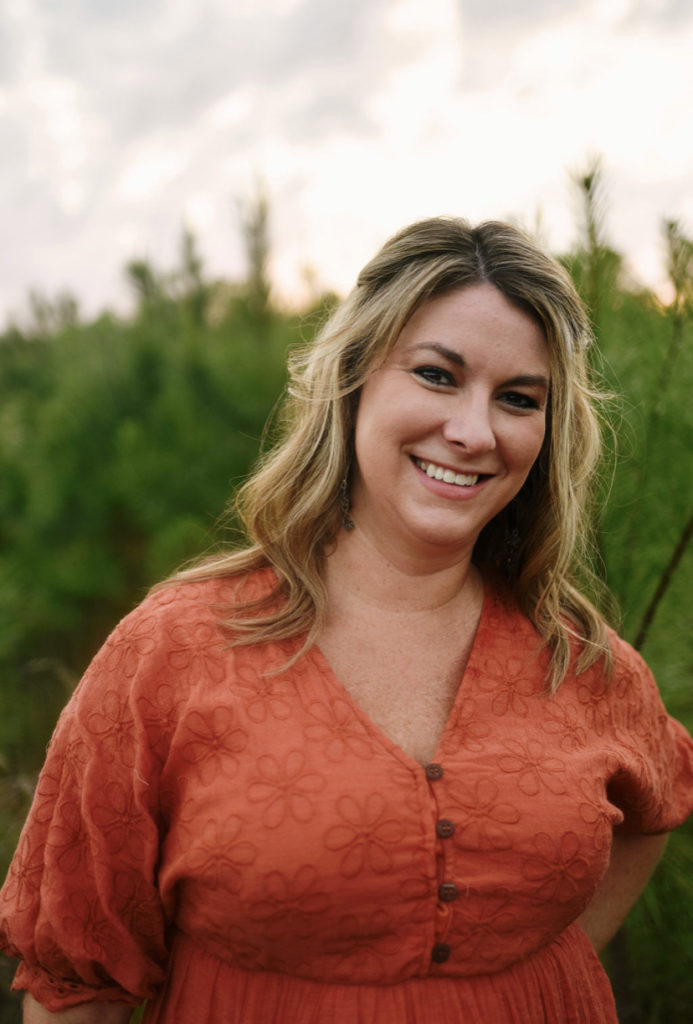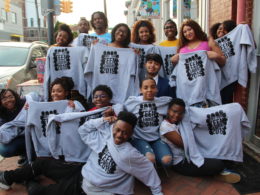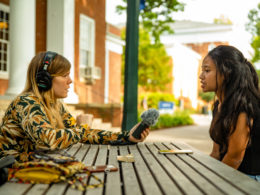Inmate. Felon. Incarcerated. What do you think of when you hear those words? What about mother, brother, friend? There is a lot of prejudice and preconceived notions about those behind bars, but we don’t always talk about the humans behind the inmate number.
When Dr. Sarah Scarbrough started working at the Richmond City Justice Center, aka the city jail, as a researcher working on her Ph.D. dissertation, she discovered an opportunity to address a need within the community she was observing.
Founding and expanding The REAL Life program
In 2016, Scarbrough decided to create The REAL (Recovery from Everyday Addictive Lifestyles) Life Program. At its inception, the program was housed inside of the jail, but as participants in the program were released, the need for the program outside of the walls of the facility were apparent.

“The program in the jail was to help individuals with the skills needed for their release,” said Scarbrough. “But people were struggling and some became reincarcerated. We expanded into the community as a way to help people coming out of the program and we just grew based on their needs.”
Some of the needs that REAL Life helps address covers everything from bus fare and cell phone access to substance recovery services and safe, affordable housing – the latter would inform the next expansion for the organization.
In 2017, REAL Life opened its first recovery house for men. According to its website, this “enabled us to provide much needed housing for those without funds to access housing elsewhere, whether it be independent living or at other recovery houses.”
Today, the organization operates eight recovery houses – five of which were opened in response to the COVID-19 pandemic.
Focusing attention in the pandemic
Like other nonprofits we’ve spoken to over the last few months, a lot of organizations have pivoted services to ensure that basic needs – like food and housing – are met for the communities they serve. REAL Life was no different.
“In 2021, we’re operating primarily through serving the people we house,” said Scarbrough. “That was a strategy shift during COVID. Our primary source of service was day services, meaning people who lived elsewhere would engage with us during the day. At the time, we had three recovery transitional houses, but the need increased during the pandemic.”
Scarbrough and her team couldn’t train and provide skills to individuals if they didn’t have shelter. Now, in addition to providing a safe space for recovery and growth, REAL Life is focused on a more holistic approach with intensive case management for the people in its care.
“We are very person centered. No plan is the same,” said Scarbrough. “When somebody comes to us, they have an initial intake with a pathway navigator, who determines risk and need. We try to offer everything internally, because so many folks are given the run around, ‘go here, go there, go here;’ that’s just not realistic.”
With the exception of mental health and other healthcare needs, the program provides housing, classes, group sessions and more to help uplift and prepare its residents for their next steps. The preparation and the individual plans are created around the organization’s five pillars for sustained sobriety: meaningful employment, community interaction, practicing personal faith and functioning family.
“Everything we do fits within one of the five pillars. If we can get everyone to focus on at least four of those pillars, then they will be on the pathway to a thriving life. That’s our goal,” said Scarbrough.
Services and how you can help
There are several services and elements to the REAL Life program. We’ve already talked about the recovery transitional housing which is the core of their services – particularly during the pandemic – but REAL Life also has a community center, a motherhood program, a quick start to employment program, and it still maintains its presence in the jail to help prepare individuals for re-entry into the community.
In addition to serving those formerly incarcerated, REAL Life helps those with facing homelessness or substance use disorder.
“We get a lot of folks coming out of jail and prison. Some finished their program, and then they come to us; some come to us on the condition of a bond or as an alternative to incarceration,” said Scarbrough.
She also notes that local and state court referrals, community-based references and other community partners may have limitations on how long they can serve an individual before their services expire (for example, many housing organizations have a 30-day limit).
But thanks to donations from the community, REAL Life was able to step up in 2021, and it hopes to be able to continue the momentum this year.
“We have an incredible base of community support, truly incredible,” said Scarbrough. “That’s how we operated from the start. We have donors who are individuals, businesses, foundations, they believe in us and in our mission. As such, we have been able to sustain and also grow through a really tough, tough, time.”
The organization is always seeking donations, but they’re also open to volunteers who can provide more specific connections with residents, through mentorships, budget coaching and other employability skills.
REAL Life is providing real opportunities to those who were previously incarcerated and are simply looking for the chance to prove themselves and make a better life. The next time you think about someone with a record, just make sure you remember the human who maybe made a bad decision during a challenging time.
“When I began my research in the jail, I had a preconceived notion. There’s right, and there’s wrong,” said Scarbrough. “I conducted hundreds of interviews, reviewed thousands of surveys. The people behind bars, they’re human, they’re not barbarian. They’re mothers, dads, sons, daughters, aunts and uncles – they’re someone’s loved one. Nothing justifies crime and illegal behavior, but there is a ‘why’ behind that, and we don’t take the time to understand the why as a society.
“I wanted to be a voice for the voiceless, to bring an understanding and awareness on a small level to a group that was completely marginalized,” she continued. “By helping them learn and deal and cope with situations from the past, we can reach the long-term change.”
If you want to help those in the REAL Life program make that long-term change, get involved. Show your support and follow the program on Facebook and Instagram.










